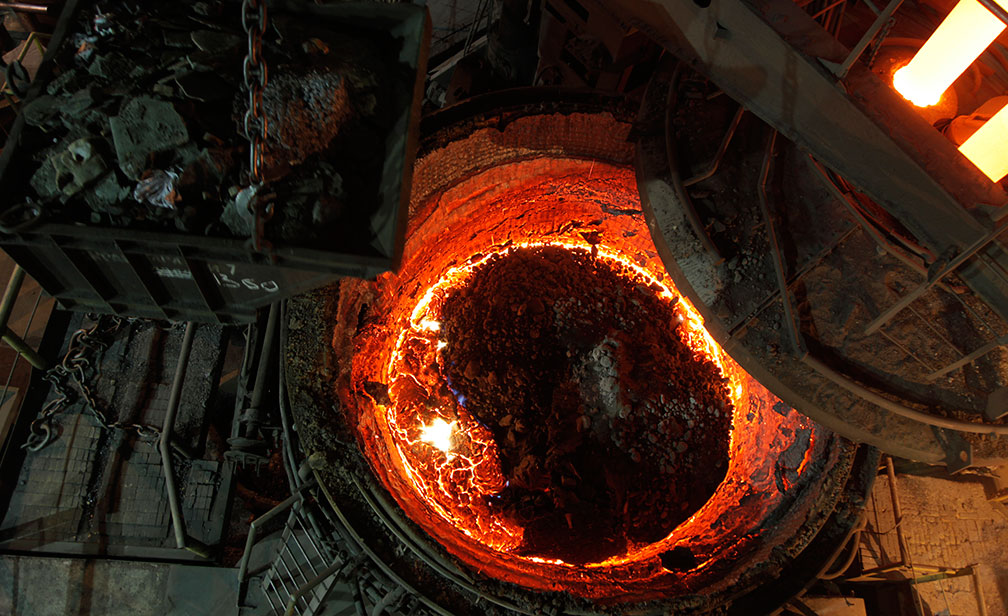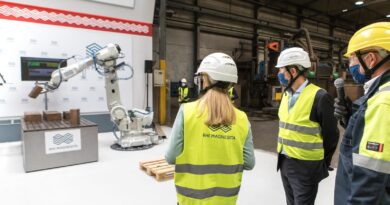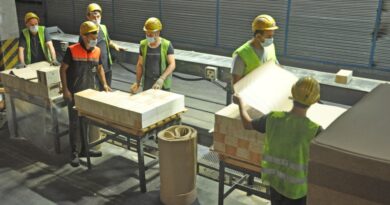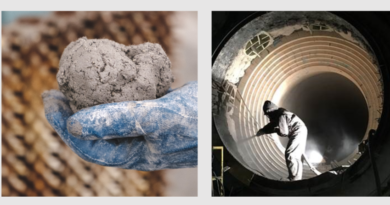How to turn refractory waste back into raw materials
Refractory products are a vital element in all high-temperature processes and represent a substantial global market. Reuse of refractory material has a high potential to reduce waste production and primary raw material consumption. To allow high-grade recycling and reuse of refractories, efficient separation of the different types of refractory materials based on their chemical composition, combined with an efficient removal of impurities, is essential. Automating the sorting of used refractory bricks will make recycling a viable option, according to one EU-funded project.
Refractory bricks – specialised bricks used to line furnaces, kilns, incinerators and reactors for high temperature processes – are costly to make and difficult to recycle. EU-funded research project REFRASORT has spent the last few years finding a way to improve sorting of used refractories, aiming to turn industrial waste into a useful raw material.

The REFRASORT team has designed an automated system which uses laser-induced breakdown spectroscopy (or LIBS) to grade the used refractory bricks and a system of pushers to handle them. The need for better recycling is clear.
‘Only the top 5–7 % of the demand for raw material is met by recycled materials and this only covers a few applications, so a lot of material is lost,’ says Liesbeth Horckmans, REFRASORT project coordinator and a researcher into sustainable materials at Belgian cleantech research company VITO. Currently most spent refractories are used for low-grade applications such as building road beds or go to landfill. At the same time, European manufacturers of the bricks are highly dependent on importing the range of raw materials needed to make them — 90 % of bauxite for instance is imported from China — and prices are volatile.
Contamination makes sorting hard
Sorting used refractories, currently done by hand, is complex. Extreme temperatures and interaction with hot steel and slag during use, and dust added during demolition, causes layers of contamination to build up on brick faces and makes identifying a brick’s components difficult. This contamination means sensors which examine surface properties cannot be used.
The REFRASORT team has tackled this problem by using LIBS which points two bursts of laser at each fragment of waste as it moves down the conveyor belt. The first burst penetrates the contamination layer to a depth of 100 µm, allowing the second burst to generate the material for analysis without interference. ‘One of the problems we had to overcome was the material had to be tracked very well as you have to make sure the second beam hits the exact same spot as the first one,’ says Dr Horckmans.
Fast handling
The REFRASORT system has considerable technical advancement compared to the state-of-art in refractory recycling, where the sorting into different types is still done manually. Manual sorting requires skilled personnel with a-priori knowledge of the material origins, and even then still results in frequent errors and low purity output streams. With the REFRASORT system, a wider range of refractories can be sorted without prior knowledge and without manual positioning due to the automated surface treatment with LIBS.
Designing a mechanical handling system fast enough to keep up with the sensor was a second hurdle. ‘Until now handling systems typically use mechanical flaps or air-based systems, but in this case, the bricks often weigh several kilos each,’ says Dr Horckmans. Moreover every fragment has to be presented at a defined distance from the next. The team came up with a system consisting of four sub-processes —lining up, isolation, spacing and separation — based on a series of pneumatic pusher devices. It sorts eight fragments at once and can identify one brick per second, giving an overall throughput of ten tonnes per hour.
Recently the team used a demonstration built at Belgian recycling company ORBIX to sort 30 tonnes of material which was then used in an installation. ‘We have proved the concept of using LIBS for identification and we have shown that we can do this on an industrial scale and that the results are good enough for reuse,’ says Dr Horckmans. The project members are now seeking funding to do more technical development and upscaling. They report strong interest from industry and aim to see full industrial application within two to three years.



